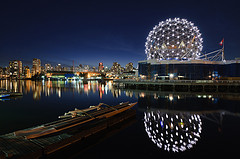Paul Weissfellner
Prof. Fenn
INTD 105-19: Science Writing
September 28, 2016
So What?
In my essay, I argue that the rock outside Onondaga hall brings wildness to college campuses in a way that brings the humans that encounter it into nature in a positive way. Some may claim that the rock isn’t wild at all, given its spot on an artificial college campus, and, therefore, does no more to bring nature to passersby than the buildings all around it. However, they are simply looking at it the wrong way. Were the rock merely a section of a much larger rock wall, or a part of a stunning view looking down into a canyon, the wildness present would be indisputable. The wildness doesn’t come from the scene as a whole; each of the constituent parts contributes to the total feeling. When the rock is removed from those situations, it still retains the wildness, and brings it here to this campus.
